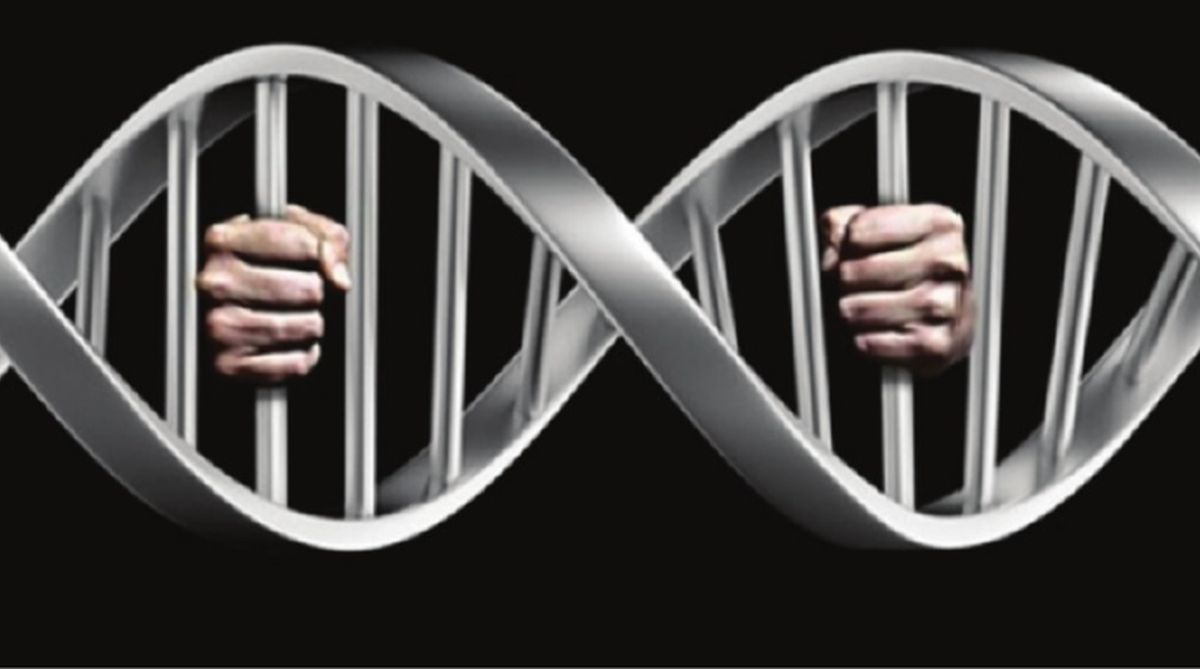Once upon a time, in a small village in Punjab (Pakistan), a poor family gave up their young daughter to the wife of the zamindar, whose haveli was located in a slightly larger town. The young and pretty girl soon caught the eye of the younger son of the zamindar and a love affair developed. The two of them, only about 14 or 15 years old, started to see each other at any and every chance they got. The situation came to the attention of the older brother, who decided that if his younger brother could have this young girl then he could have her too. So, the nightmare began.
By this time, the mother of the boys who had plucked this young girl from the village to come and live with them began to get suspicious. She set the other servants up as spies on the girl and began to keep a closer eye on the girl, herself. Within a few weeks, the truth must have become amply evident to her.
Advertisement
The young girl was now pregnant and the mother must have had some inkling that it was one of her sons who was responsible. In any case, she did not want to deal with the problem anymore and so she drove the young girl to her parents’ -village. She deposited her at their doorstep with the accusation that she was a loose girl and had got herself pregnant.
Things would likely have ended there were it not for the fact that a neighbour of the parents happened to know a parliamentary official. With their help, the family was able to lodge a rape case against the boys. Matters dragged on and a daughter was born. Eventually, a judge in the sessions court ordered that a DNA paternity test be completed on the child to determine if one of the boys was the parent.
Such was the reach of the zamindar family that the parliamentary official had to accompany the sample to the lab to ensure that it was not switched with that of someone else. Apparently, this was not unusual or unheard of in this part of Punjab.
The DNA results came in and affirmed that one of the boys was the likely father. In the meantime, however, the zamindar family had somehow got to the girl and the family. The girl’s mother now offered a sworn statement saying that the father was some third person and insisted that neither of the two boys had any involvement with her daughter. The results of the DNA test were shoved to the side and life went along just as it had, except that the lives of a young girl and an even younger girl were permanently ruined.
That case took place in the days before DNA was deemed largely inadmissible in paternity and -criminal cases in Pakistan. Since then, the Supreme Court has ruled that DNA is not permitted as primary evidence in court. This is linked to the Qanoon-i- Shahadat law that governs testimony in Pakistan. The situation in paternity cases — and there are in fact many cases of contested paternity in the courts of the country — face a difficult -prognosis. Even though DNA labs have been set up, the results of the tests done in these labs are not considered determinative.
The ultimate tragic example of the consequence of this was seen in the abduction of young Zainab earlier this year. Even though DNA evidence showed that Zainab’s neighbour Imran Ali was the culprit, his DNA having been found on the deceased girl’s body and clothes, was not considered (as it would be in nearly all other parts of the world) proof of guilt.
Instead, the prosecution faced an uphill battle as it went ahead to develop a case against the accused. It is true that DNA evidence is not foolproof in Pakistan. The fact that officials have to accompany the sample to ensure that it is not exchanged for another and that there is no other problem such as cross-contamination, all testify to the fact that while technology may be available, the moral -inclinations of the DNA testers are up for sale.
With enough money put in their palms, they can ensure that a DNA test produces the result that the paying party wants. Indeed, if the zamindar’s men had not convinced the young girl’s mother to withdraw her rape case against the brothers, perhaps they would have gone down the route of purchasing a contradictory set of DNA test results than the ones procured at the behest of the court.
Pakistan’s law and its judicial system have chosen to live in an alternative universe that does not have the flexibility to accommodate scientific facts such as those offered up by DNA tests. The rest of the world may march on ahead, decide on questions of guilt and innocence, paternity and such using DNA evidence, but Pakistan will continue following what people saw or think they saw. These statements, along with all the fictions and assumptions that lie beneath them, are stronger than science, more amenable to the Pakistani way than-empirical and hence incontrovertible evidence.
The reason is simple: Pakistan runs on power and not the reality. DNA and its ability to exonerate the innocent and implicate the guilty is less about power and more about truth. Eyewitness testimony, facts that are fluid, perceptions and exceptions drawn from human memory are creatures of power, happy to line up in favour of the side that has more of it.
It is no surprise, then, that DNA has no place in a country of powerful men who have decided that the truth is simply and consistently what they want it to be. Even DNA cannot fight those kinds of facts or replace the certitude purchased by the powerful who manufacture their own truths.
The writer is an attorney teaching constitutional law and political philosophy.
Dawn/ANN.











